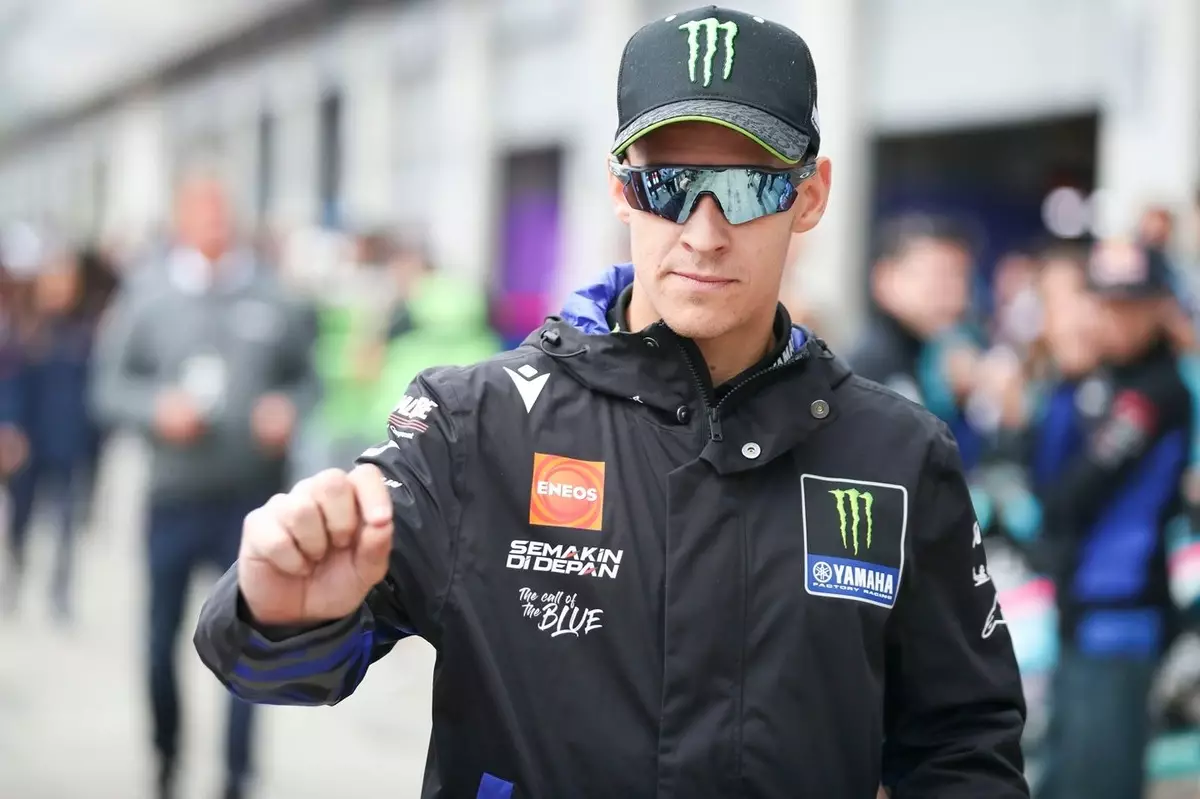Yamaha’s development of a new V4 engine for their MotoGP bike signals a bold move toward innovation in a sport dominated by existing technical paradigms. Yet, the question remains: is this new breed of machinery ready to take the track, or is it an overhyped risk cloaked in potential? The very fact that only test riders have run the V4 so far hints at a cautious, perhaps overly conservative approach by Yamaha. It’s clear that the manufacturer fears deploying an untested, possibly underperforming machine in high-stakes races, but this cautiousness may ultimately hinder their competitiveness. While the company’s strategy might aim to perfect the bike before its grand introduction, the delaying tactics threaten to leave Yamaha behind in an evolving competitive environment.
Quartararo’s candidness exposes a growing impatience within the team. The French star’s advocacy for early testing and racing reveals a desire to accelerate development, acknowledging that the delay might be costing them crucial competitive ground. His statement about the V4 needing to perform within half a second of the current inline-four underscores how even incremental improvements can be highly meaningful in motorsport. If Yamaha is serious about reclaiming their top position, they must heed this call to action, or risk stagnation while rivals innovate ahead.
The Danger of Timid Innovation
Yamaha’s strategy appears rooted in a cautious, almost tentative approach to introducing the V4. While building a new engine from the ground up is no trivial task, the hesitance to put the machine to the ultimate test may stem from a fear of failure or overestimating the project’s readiness. However, in the fiercely competitive realm of MotoGP, hesitation translates to lost opportunities and, potentially, championship chances. The sport rewards bold innovation—those who dare to push boundaries often reap the greatest rewards.
The fact that Aprilia, Ducati, and Honda are investing heavily in their own technological advancements heightens the stakes for Yamaha. Staying on the sidelines with a tentative rollout could see Yamaha falling further behind, especially if their new engine, once unleashed, dramatically outperforms expectations. But waiting until the bike is “perfect” might never happen; the best development happens in real race conditions, under pressure, where potential flaws become undeniable.
Time to Take the Helm and Embrace Change
Quartararo’s willingness to race the V4 this season if it performs within half a second of the current setup reflects a pragmatic mindset—he understands that staying the course, waiting for perfection, might be the strategy that ultimately costs Yamaha. His emphasis on firsthand testing and immediate feedback suggests that continuous development in real racing scenarios will be Yamaha’s best chance for rapid improvement.
In truth, Yamaha’s future hinges on their capacity to balance caution with calculated risk-taking. Innovation doesn’t flourish with slow, meticulous steps; it demands daring and rapid iteration. If Yamaha truly hopes to turn their fortunes around in MotoGP, they must trust in their own engineering prowess, accept early imperfection, and seize the opportunity to learn on the fly. Ultimately, the question isn’t just about the V4’s performance in milliseconds; it’s about Yamaha’s willingness to take decisive action—to lead rather than follow—in a sport that rewards the bold.


Leave a Reply